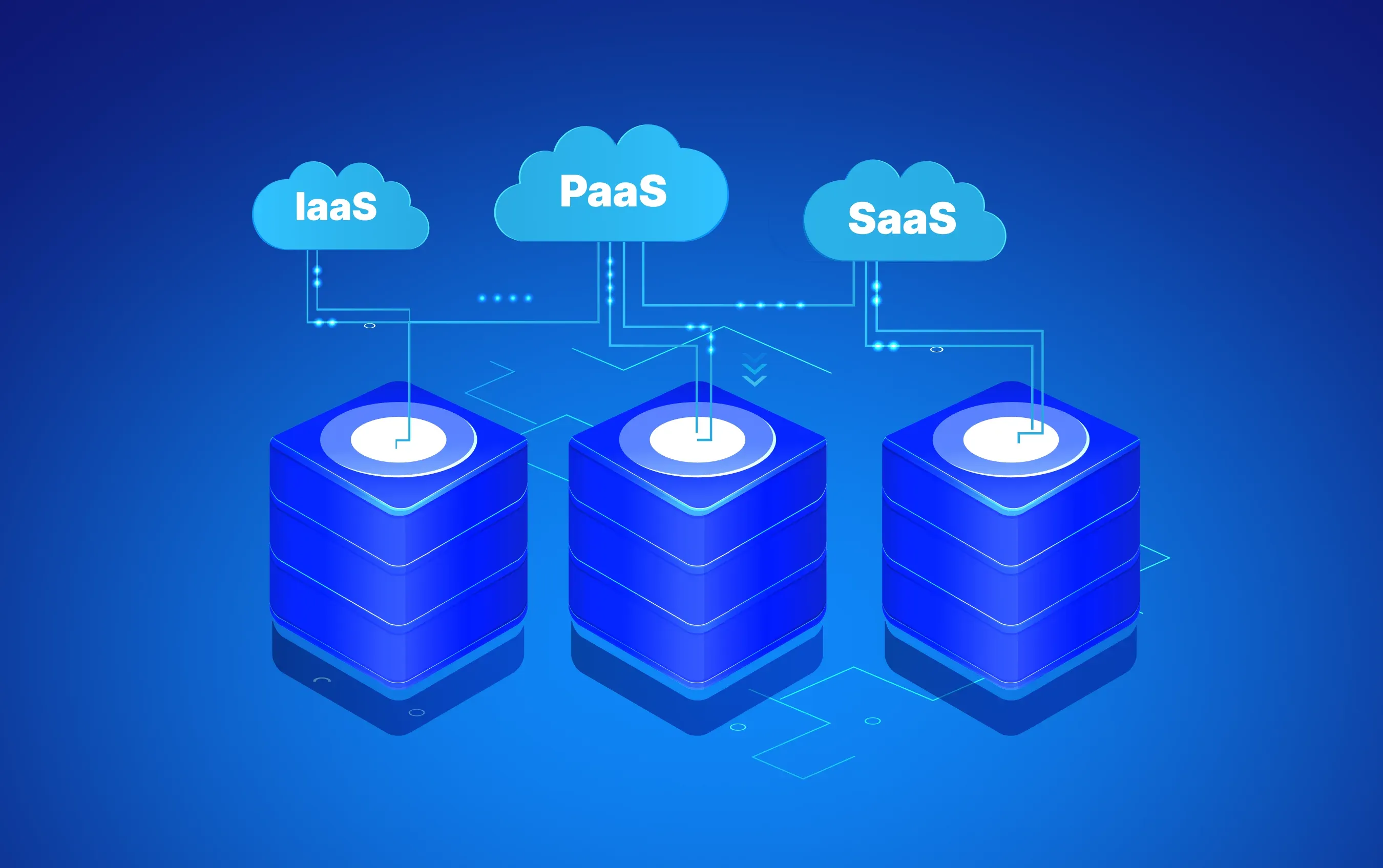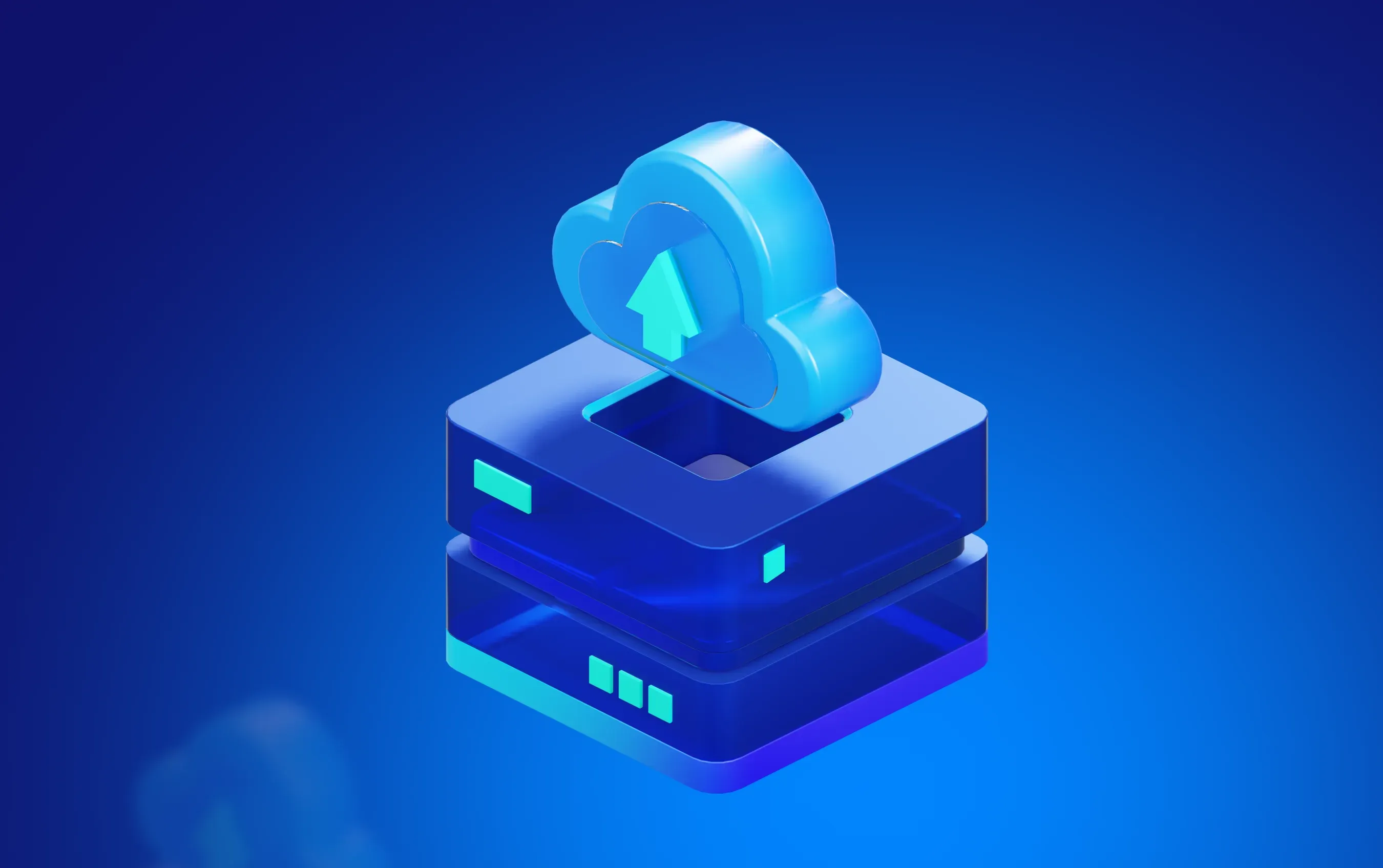
At Solicy, we advise starting scaling before your MVP is even released. The transition from MVP to full-scale product involves planning technical architecture, market research, and resources. Successful companies often start preparations 3–6 months after MVP launch to gather data and validate the market, making execution smoother and more efficient once scaling begins.
The main risks include feature bloat that confuses users, technical debt causing performance bottlenecks, and premature scaling that wastes resources on unneeded features. Another challenge is maintaining consistency with the product-market fit while adding new features. Scaling too fast or too slow can overburden a team, jeopardize quality, and give competitors an advantage. Solicy helps teams mitigate these risks by focusing on verified growth.
Indicators of readiness include consistent user engagement metrics, positive customer feedback, sustainable user acquisition, and clear market demand for additional features. You also need technical infrastructure capable of supporting increased functionality and the funds to finance scaling. Most importantly, validate your product-market fit before introducing additional complexity. Solicy helps provide clarity on the right timing.
Scaling from an MVP leverages existing user validation, established market positioning, and proven core functionality, reducing risk and allowing faster time to market compared to new development. However, scaling requires attention to technical debt and architecture constraints absent in greenfield development. The main advantage is that scaling relies on proven assumptions rather than untested hypotheses, enabling more confident, actionable decisions. Solicy ensures your scaling process is organized, data-driven, and strategically aligned.
Previous insight





